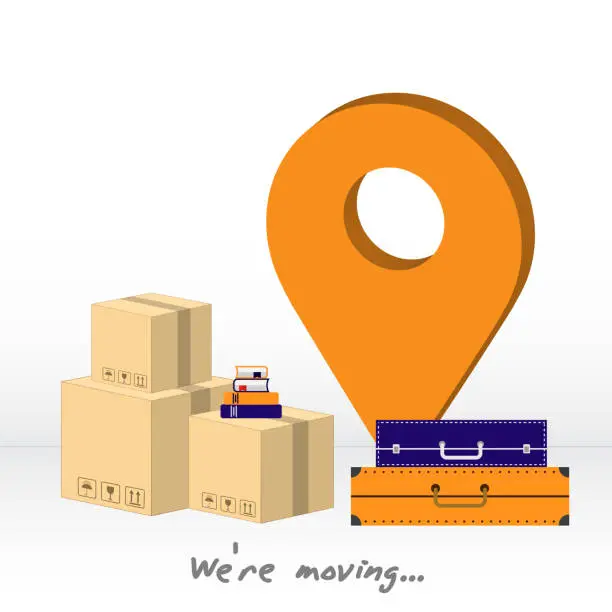
The Complete Office Relocation Guide: A Step-by-Step Handbook
- Admin
Moving your office to a new location can be a challenging and complex process, but with proper planning and organization, it can also be a smooth and successful transition. In this comprehensive guide, we'll provide you with a step-by-step handbook to navigate the office relocation process effectively.
1. Pre-Planning Phase:
Assess Your Needs:
Evaluate your current office space and identify what is working well and what needs improvement. Determine the reasons for relocation and establish clear objectives for the move.
Form a Relocation Team:
Assemble a dedicated relocation team comprising key stakeholders and department representatives. Assign specific roles and responsibilities to team members to ensure effective coordination throughout the process.
2. Location and Lease Considerations:
Select a New Location:
Choose a new office location that meets your business needs and objectives. Consider factors such as accessibility, proximity to clients and employees, transportation options, and amenities.
Negotiate Lease Terms:
Negotiate lease terms for the new office space, including lease duration, rent escalations, tenant improvements, and other provisions. Ensure that the lease agreement aligns with your budget and business requirements.
3. Logistics and Operations:
Plan IT Infrastructure Transfer:
Coordinate with your IT department or service provider to plan the transfer of IT infrastructure, including servers, networks, and telecommunications systems. Ensure minimal downtime and seamless transition of essential services.
Coordinate Furniture and Equipment:
Develop a plan for the packing, transportation, and installation of office furniture, equipment, and supplies. Label all items clearly and coordinate with movers to ensure a smooth and organized move.
4. Communication and Employee Engagement:
Keep Employees Informed:
Maintain open and transparent communication with employees throughout the relocation process. Keep them informed about the reasons for the move, timelines, and how it will impact their roles and responsibilities.
Involve Employees:
Involve employees in the planning process and seek their input on the new office space. Encourage participation and engagement to foster a positive work environment and ensure a smooth transition.
5. Business Continuity Planning:
Develop Contingency Plans:
Anticipate potential challenges or disruptions that may arise during the move and develop contingency plans to address them. Identify critical functions and ensure continuity of operations throughout the relocation process.
Test Systems and Processes:
Test systems, processes, and infrastructure in the new office space before the move to identify any issues or areas for improvement. Conduct thorough testing to ensure that everything is functioning correctly.
Conclusion:
By following this step-by-step office relocation guide, you can navigate the complexities of moving your office with confidence and ease. With careful planning, effective communication, and meticulous attention to detail, you can ensure a smooth transition to your new workspace and set yourself up for success in your new location.
